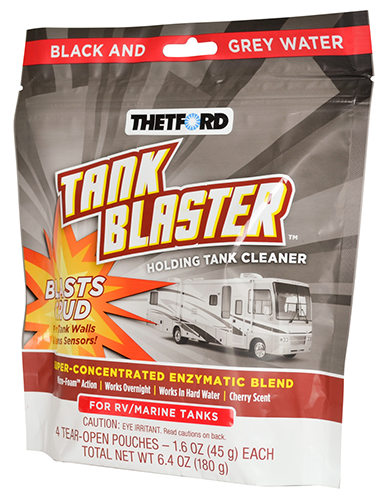
- Remnants of chemical-based products will kill enzymes and reduce the performance of natural products in your holding tank.
- If you used a chemical-based holding tank treatment in the past, cleaning the tank with Tank Blaster® will eliminate chemical residue and ensure optimal performance of enzyme powered formulas.
- You can dose your tank before you leave on a trip to give the enzymes time to activate. It can take up to 24 hours to achieve maximum results.
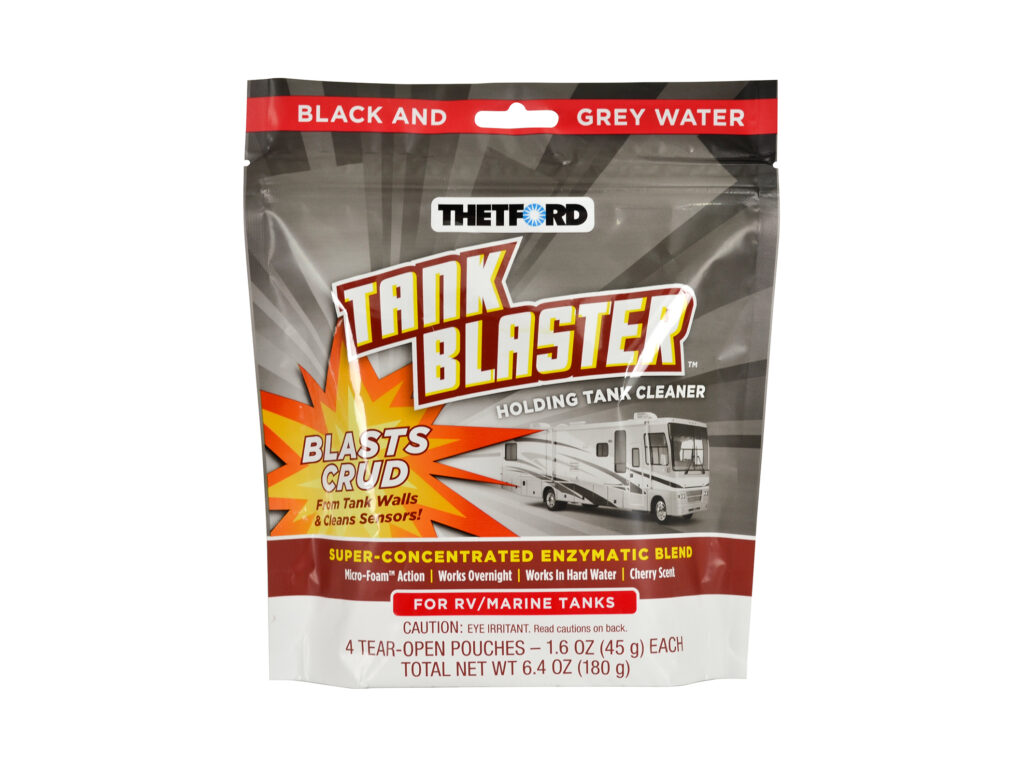
Tank Blaster®
Foaming cleaner that removes waste deposits from tank walls2-in-1 cleaner formulated for grey and black water tanks. Powerful enzymes break down waste, while special additives tackle hard water deposits on tank sensors.
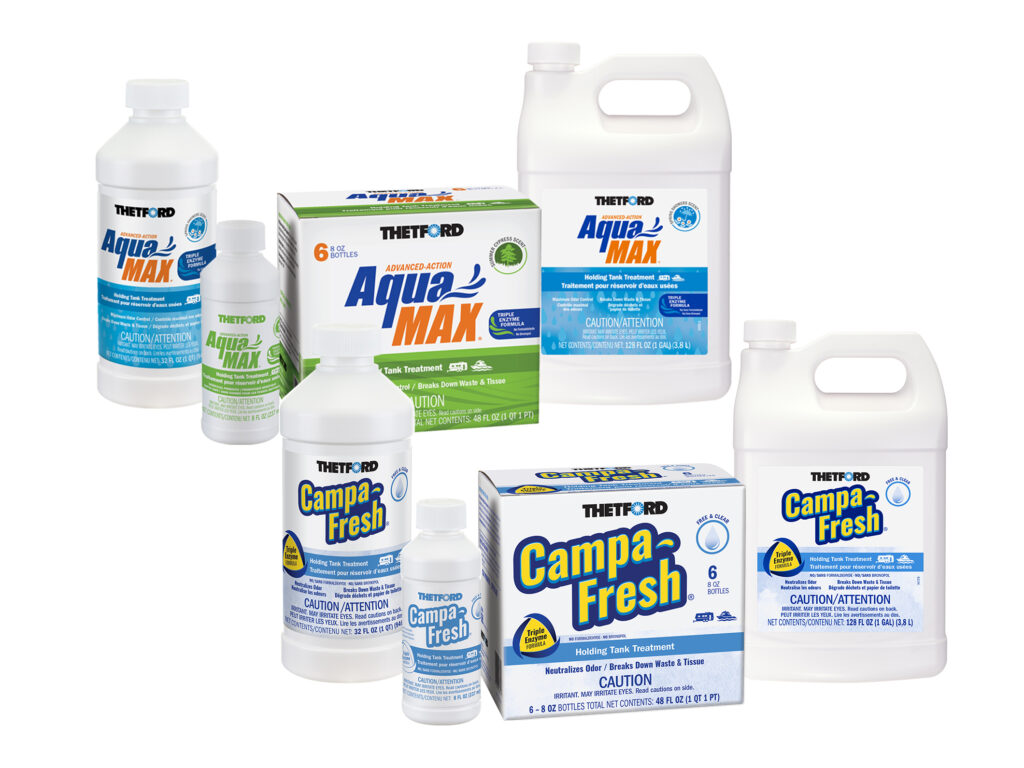
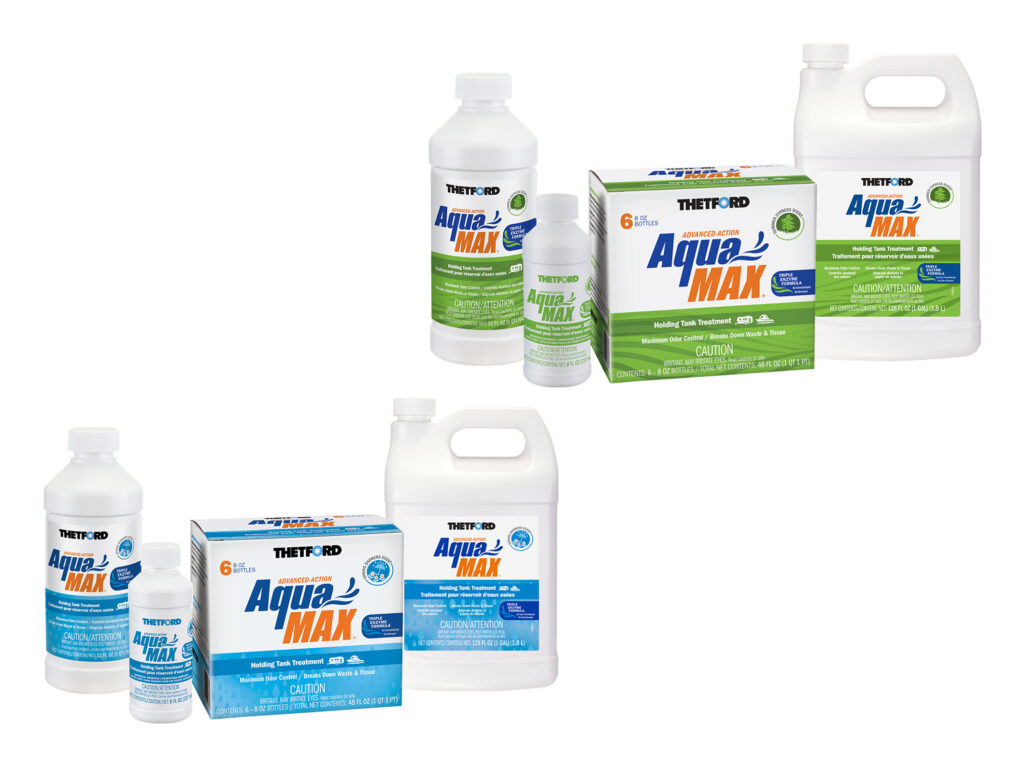
Aqua MAX® Liquid
Liquid RV and Marine holding tank treatment with enzymesLiquid holding tank treatment for RV and Marine applications. Formulated with powerful enzymes that break down and liquefy waste and toilet paper.
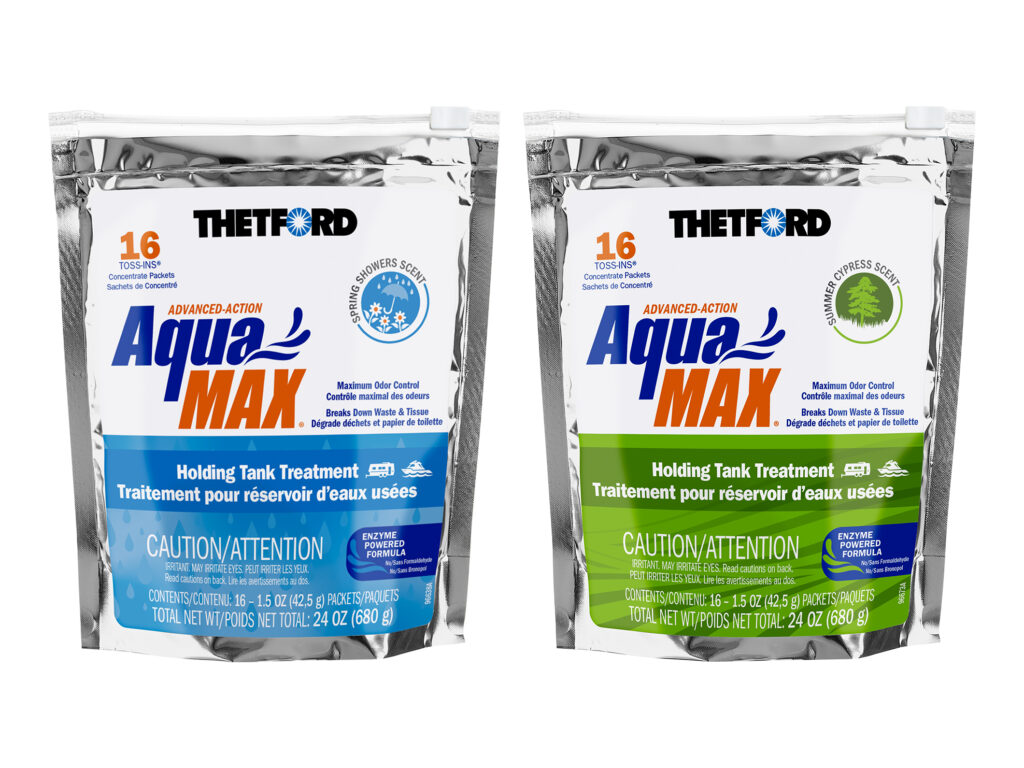
Aqua MAX Toss-Ins®
Enzyme-based holding tank treatment for RV and Marine applicationRV and Marine holding tank treatment. Easy-dosing, water-soluble packets release powerful enzymes that break down waste. One drop-in treats a 40-gal holding tank.
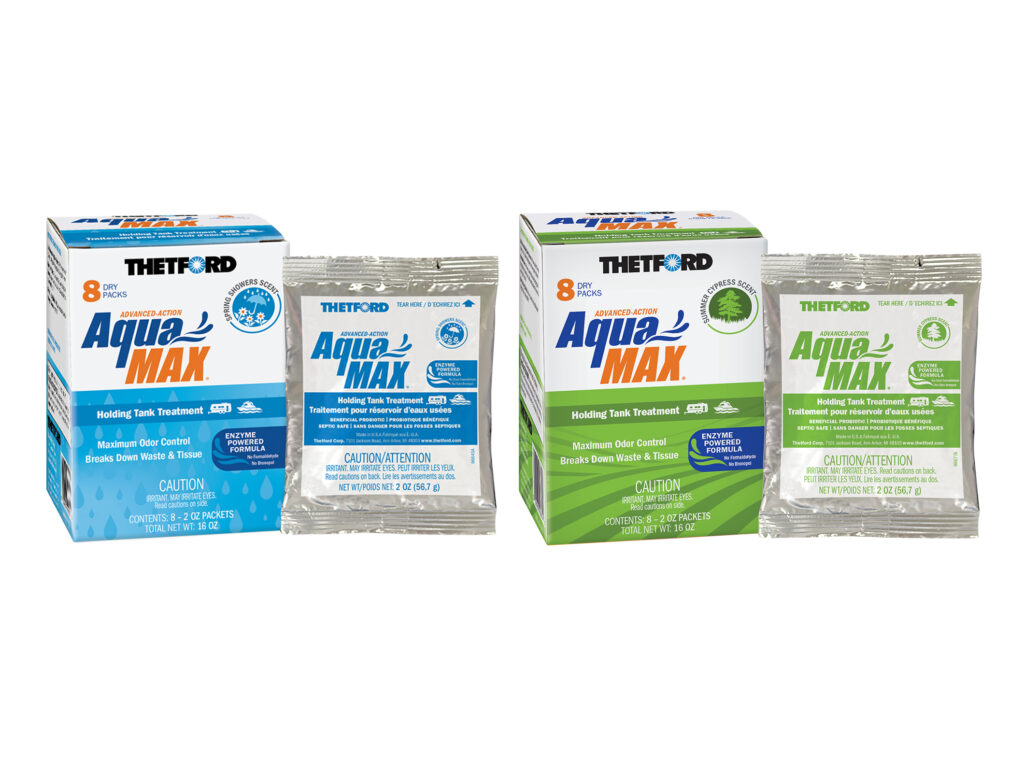
Aqua MAX® Dry
Dry RV and Marine holding tank treatment with enzymesRV and Marine holding tank treatment. Easy-dosing, 2-oz foil packs release powerful enzymes that break down waste. One 2-oz foil pack treats a 40-gal holding tank.
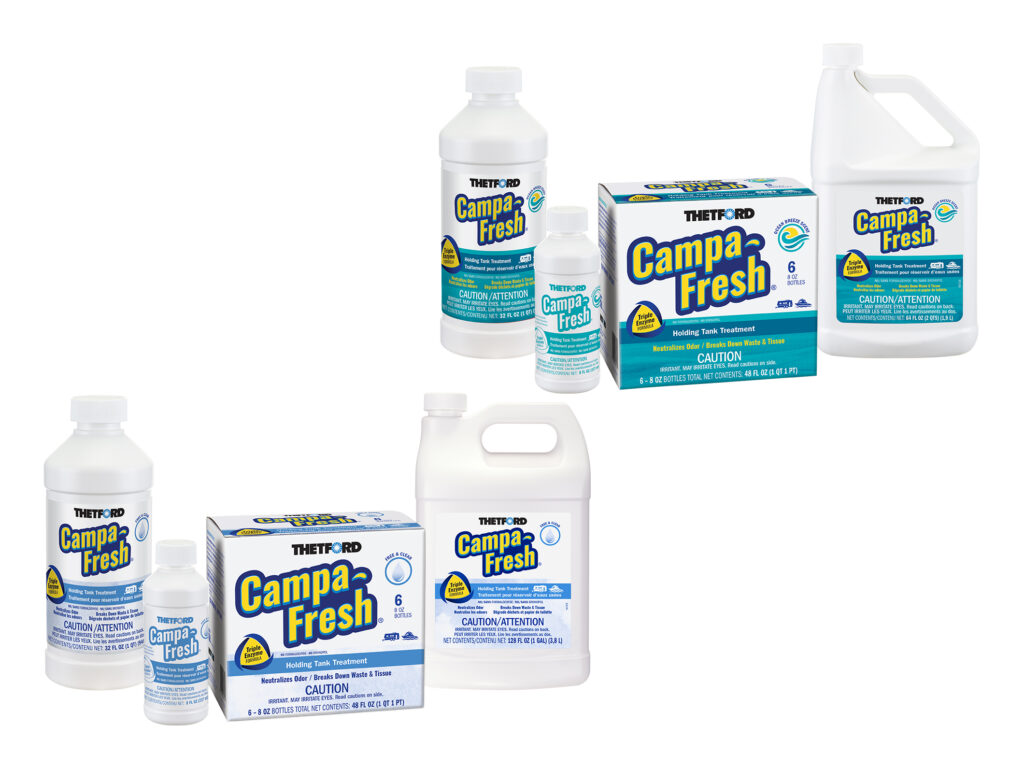
Campa-Fresh® Liquid
Liquid RV and Marine holding tank treatment with advanced enzymesLiquid holding tank treatment for RV and Marine applications. Formulated with advanced enzymes that break down and liquefy waste and toilet paper.
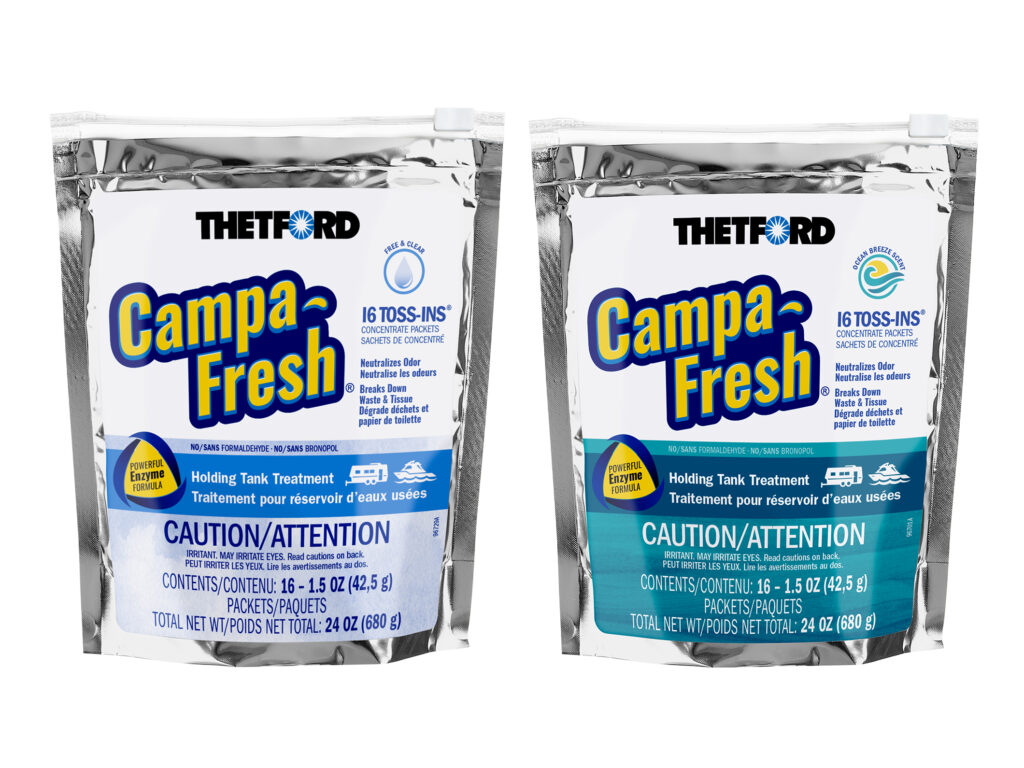
Campa-Fresh Toss-Ins®
Enzyme-based holding tank treatment for RV and Marine applicationRV and Marine holding tank treatment. Easy-dosing, water-soluble packets release advanced enzymes that break down waste. One drop-in treats a 40-gal holding tank.
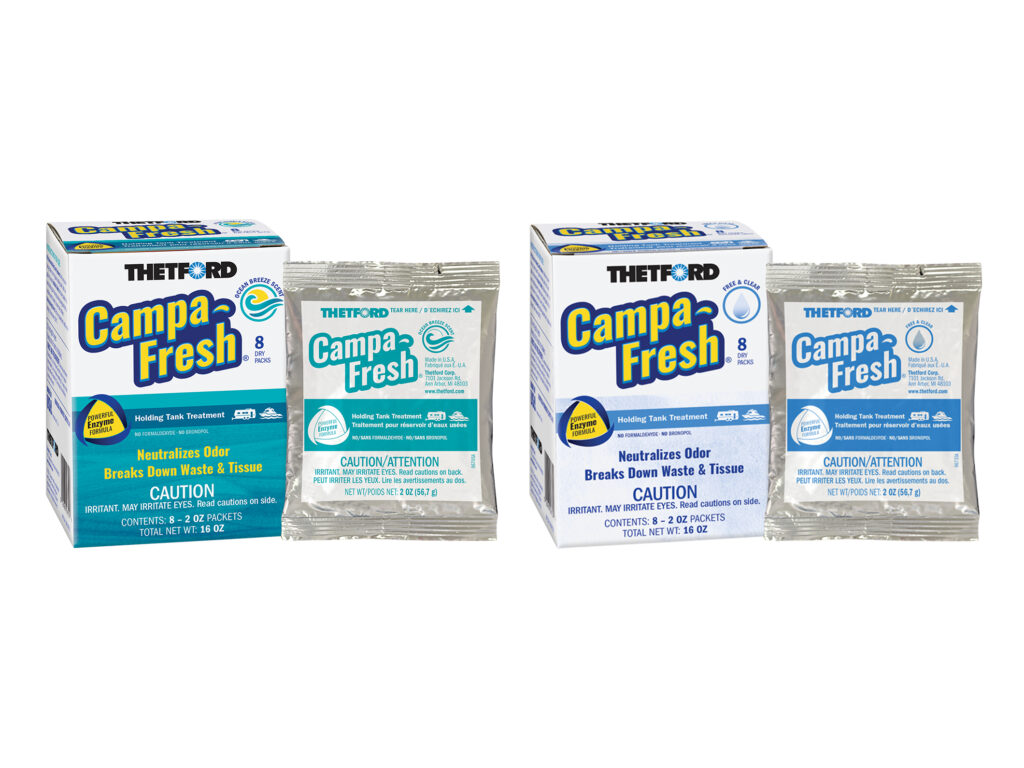
Campa-Fresh® Dry
Dry RV and Marine holding tank treatment with enzymesRV and Marine holding tank treatment. Easy-dosing, 2-oz foil packs release advanced enzymes that break down waste. One 2-oz foil pack treats a 40-gal holding tank.

